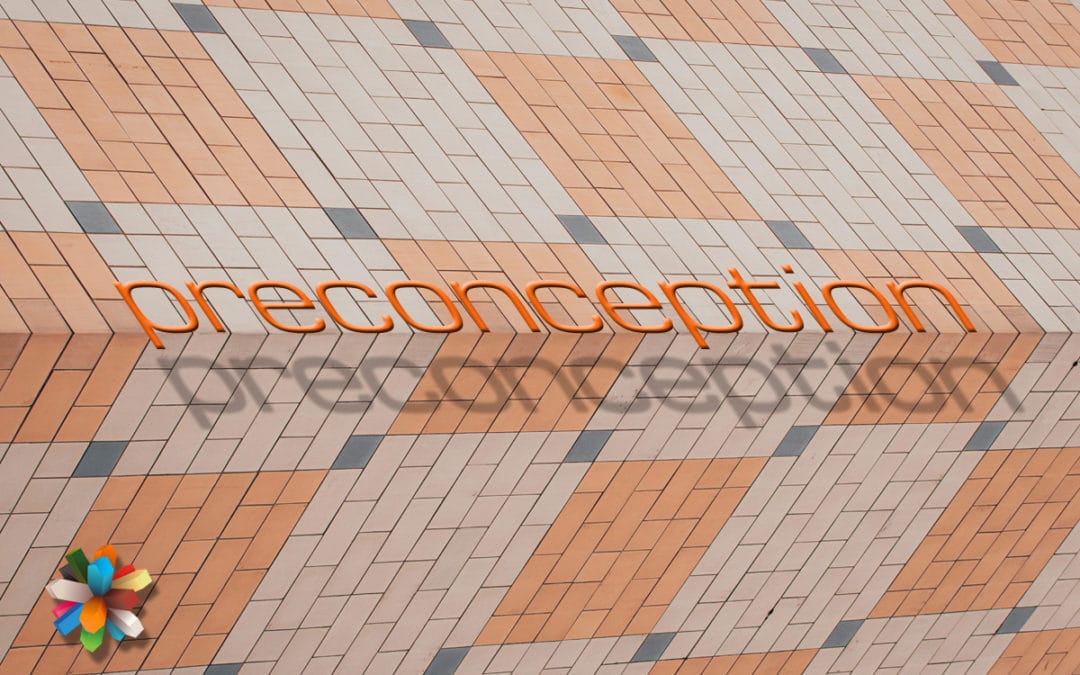Is Your Brain Prejudging?
Let’s start with the obvious – what do you think this article is going to tell you?
The answer is going to depend to some extent on the limited information available in the summary or snippet. The rest comes from your own experience and ideas – many of which may be stored in the subconscious.
What those repositories are regurgitating are responses that are effectively prejudging the reality. We do it all the time and it’s a way of navigating through a world full of complexity. There’s nothing inherently wrong with it – until you come to a point where you need deliberately to set all of this aside.
Clearing the Decks
This phrase comes from naval tradition – decks aboard a warship were being prepared for action and extraneous material put away to make it easier to move around. However very few people when actively engaging in creativity do something similar with the mental decks. So is this necessary and why is that?
One thing that we constantly hear from people is that they are not creative or at least cannot just be creative on demand. One of the reasons they experience this difficulty is that their minds are cluttered with other thoughts and stimuli – most of which are focused on anything but creativity.
The most usual response is to try and develop a stimulus – focused on the problem under consideration. In business problem-solving that might include the use of guided imagery (via a facilitator) or using everyday objects to see how they inspire the process.
The issue with either of these is that they introduce the imagery or object with its usual connotations. We can’t help it. A brick is a brick – we know what it’s made of, how heavy it is likely to be and what it is commonly used for. The same applies to descriptions of images – these tend to rely on a form of shorthand by referring to familiar imagery. In either case the brain is prepopulating the “idea cells” based on these preconceptions and there’s not much room left for anything else to take their place.
It requires a conscious effort, therefore, to clear the decks and allow room for other things to develop.
How?
Think cognitively. Everything you have experienced in life comes with its own attributes – we just accept them as part of their existence. It’s only when we come across things of which we have no experience and cannot find similar items in our vocabulary that we start to imagine what they can possibly be. It’s going right back to infancy where there are no models to fall back on as we learn about the world around us.
Herein lies the germ of how to clear the decks. Instead of taking accepted items, we are perfectly capable of producing fantastical constructs that are completely alien to our everyday world.
So, in order to clear the decks of preconceptions, we can start by putting out some alien constructs to occupy the “idea cells”. It begins by suspending judgement and then devising something we can use.
The trick is knowing how to build these alien concepts in the first place. However that’s relatively easy – at the very simplest you can take two known but disparate objects and force them into a virtual whole.
What Next?
At this point your subconscious is going to kick in. Accept that you have no control over what it is doing or how that is going to appear – you have to trust that it is processing the data. This is the co-processor working in the background on data that it can play with and formulate models and ideas before popping those back into the conscious.
Now we know that we’ve given it something alien – so the subconscious is going to try and rationalise what that might mean. How does this thing operate? What is it for? What attributes does it have that we CAN relate to? Finally, how might those relate to the topic we are looking at?
It called for an impossible construct – in this instance a “glass handkerchief” was developed as the stimulus. The results were outstanding. Within a few hours a whole series of concepts and attributes for the strategy were laid out. It was both coherent and radical. It was then merely a matter of taking these forward into the real world. A world-class solution from a stimulus that has no known place in common perception.
So the question for you now is – what can you do to devise your own stimuli that are both unique and challenging to the brain?
Useful Resources
There isn’t a great deal of literature available that actually looks at this aspect of how to get creativity working. Sure there are lots of methods touted around but they almost all overlook the preconceptions that get in the way of great creativity coming to the fore. The most comprehensive handbook currently available is 101 Executive Uses for a Square Camel. This is packed full of ideas and techniques with explanations of why they work and where they are appropriate.
Want Help to Create Your Own Impossible Constructs?
Give us a call and pick our brains. We’ll help you understand the basics and how to build on those as part of a free consultation. It makes a massive difference in the quality of the solutions and there’s much more to Creativity that we can share. If you’d like more information online, then you can also follow this link.
Rob Wherrett can be contacted at https://robwherrett.com/contact/
© robwherrett.com 2020. All rights reserved


Recent Comments